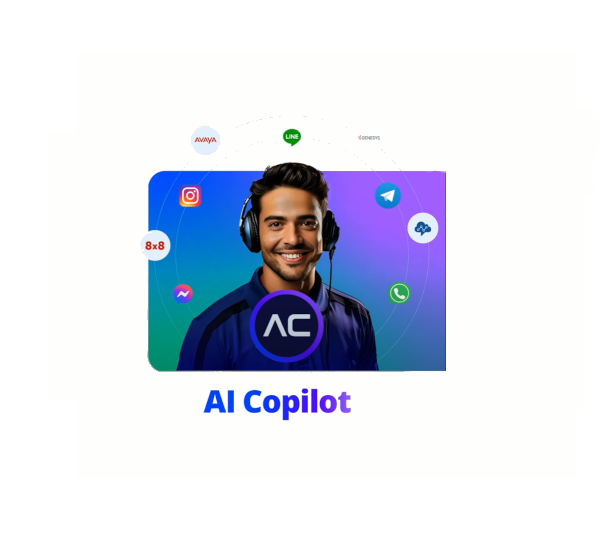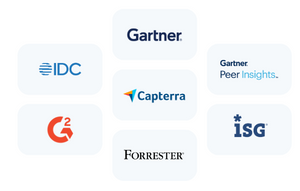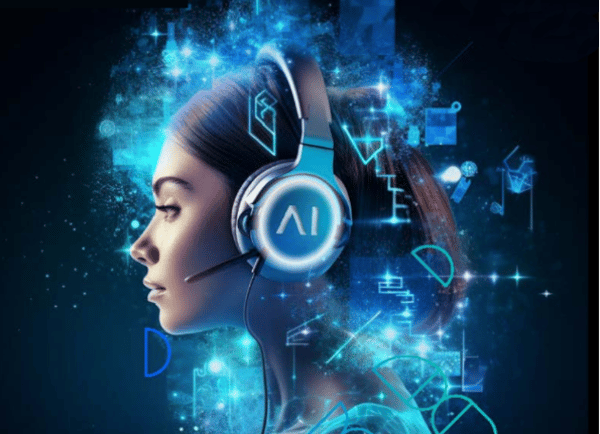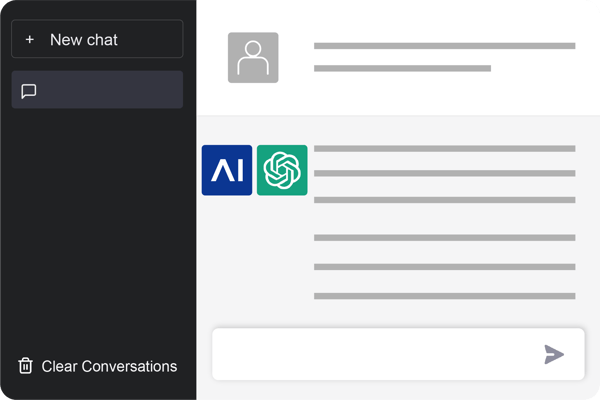A convergence of technology, labor, business, and consumer trends is fundamentally reshaping customer service, demanding a new strategy for success. At the same time, rapid advances in Artificial Intelligence (AI) are transforming technology and redefining how we live, work, and communicate. Just as the internet of the 1990s evolved into today’s world of smartphones, social media, connected devices, and remote work, AI is now drawing a line between our pre-AI past and a future where it is as integral as electricity or the internet. This shift will determine the winners and losers in the market.
In customer experience, there is a risk of merely adopting new software to maintain outdated processes—akin to early digital camera users who still printed photos, missing the broader implications of the technology. Today’s customer service remains largely stuck in its historical focus on phone calls, human agents and deflection. Even with cloud-based solutions like CCaaS, it’s often just a new coat of paint on old ideas and systems. The future, however, lies in AI-first customer experience.
The Road to Now
In the early 2000s, software began its march into the Cloud and the new SaaS model. This marked a shift away from on-premises software that required employees to be physically present at the contact center. Cloud-based software solutions, like Contact Center as a Service (CCaaS), followed suit, promising flexibility and scalability. However, in retrospect, CCaaS simply refined the old telephony-based, human-first model and shifted its location rather than fundamentally transforming it.
At the same time, customer expectations were evolving. New communication channels multiplied, and labor shortages worsened. Traditional approaches struggled to keep up with rising demand and customer interaction volumes. What truly began to shift the paradigm was the rise of AI.
The Shifting Sands of Technology & Markets
AI today stands at a tipping point, much like electricity did in the early 20th century. While electricity revolutionized how people lived and businesses operated, AI is poised to transform the modern contact center. By automating tasks, enhancing accuracy, and enabling faster service, AI redefines customer service strategy.
The AI era is characterized by two key advancements: Conversational AI and Generative AI. Conversational AI enables smooth interactions across channels, while Generative AI helps create personalized experiences. Together, they shift the focus from deflection to connection and from containment to engagement. The result is a contact center that can handle high volumes of interactions while maintaining a personalized approach for customers.
The Strategic Pivot to Experience
Over the past decade, companies have recognized that customer experience (CX) is a key differentiator in increasingly competitive markets. Products and services have become commoditized, leaving CX as the battleground where brands can stand out. The focus has shifted from reactive customer service to proactive, tailored interactions across all channels.
AI plays a crucial role in this CX transformation. It enables companies to anticipate customer needs, automate routine tasks, and provide personalized, omnichannel experiences. This strategic pivot towards AI-driven CX not only helps businesses meet customer expectations driving loyalty and growth, but also increase efficiency and reduce operating costs.
Labor Shortages and Rising Interaction Volumes
The contact center industry has long struggled with high attrition rates, but since 2022, these rates have surged to an average of 31%. Some sectors face even more severe shortages, with attrition rates twice that. Meanwhile, companies are experiencing increased interaction volumes that cannot be handled by human agents alone.
The gap between company growth and available labor highlights the necessity of augmenting contact centers with AI. As human resources become increasingly strained, AI can step in to manage routine queries, freeing up human agents to focus on more complex, high-value tasks. Integration of AI into the workforce isn’t just an option; it’s the only way to keep your head above water long-term.
The Convergence of Software Solutions
In recent years, major software vendors have expanded their offerings into new areas, with players like Salesforce, Google, and Microsoft introducing their own CCaaS solutions. Live chat providers are moving into AI, and Communications Platform as a Service (CPaaS) companies are creating productized CX solutions. This convergence reflects a broader trend toward unified, end-to-end customer service platforms that leverage AI for personalized, frictionless experiences across channels.
As vendors continue to converge, it becomes harder to differentiate between them based solely on their features. The future of customer experience lies in integrated, AI-driven solutions that go beyond traditional contact center models similar to how presentations, email and word processing are all integral components of larger office suites today, and no longer viewed as indepedent solutions.
The End of CCaaS as We Know It
Simply put, CCaaS can no longer be the centerpiece or driving force of the contact center. It represents the final iteration of a human- and phone centric era that is now ending, struggling to survive through acquisitions and attempts at expanding into adjacent markets. The model remains so human-centric that even the predominant billing method is based on the number of seats per month, rather than the number of customer interactions.
CCaaS will continue to play a role in the future, but we must recognize it for what it is designed to be, rather than the temporary role it has filled.
CCaaS vendors have attempted to stay relevant by acquiring adjacent solutions like knowledge management, workforce management, and AI capabilities. However, these efforts only highlight the limitations of the CCaaS model in an AI-first world. Vendors that have specialized in AI development for years are now better positioned to lead the market, offering best-in-class functionality across various areas.
The key to future success in the contact center space lies in recognizing the strengths of each technology and integrating them into a cohesive, AI-led strategy. As AI continues to evolve, it will become the conductor that orchestrates this new era of customer service.
What does an AI-first Contact Center look like in detail? Find out in part two.
And in the meantime, here are a few measures of success in the future:
- Customers can safely call the service hotline in front of young children
- Customers never have to repeat themselves
- Customers don't immediately yell "AGENT" and begin pressing zero like a cocaine addicted lab rat
- AHT and FCR apply to AI Agents, not humans.
- Interactions are welcomed and encouraged, not deflected and contained
- You measure the ROI of interactions, not the cost
Want to find out more about how you can make the switch to an AI-first contact center? Download our FREE eBook here today!

.png?width=60&height=60&name=AI%20Copilot%20logo%20(mega%20menu).png)




.png?width=600&height=600&name=Knowledge%20AI%20Feature%20image%20(2).png)










.png)



